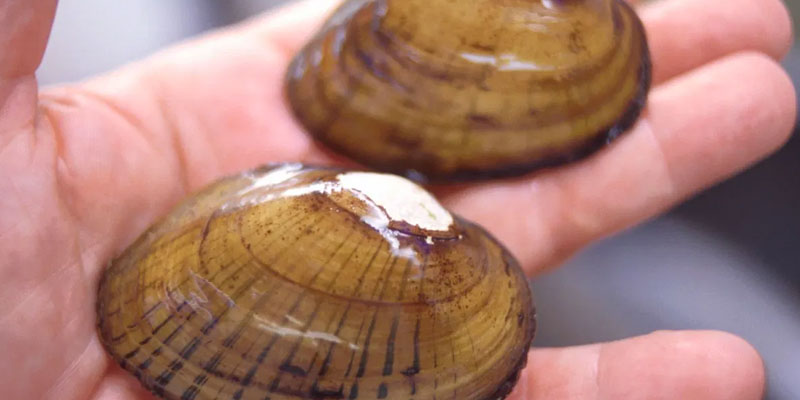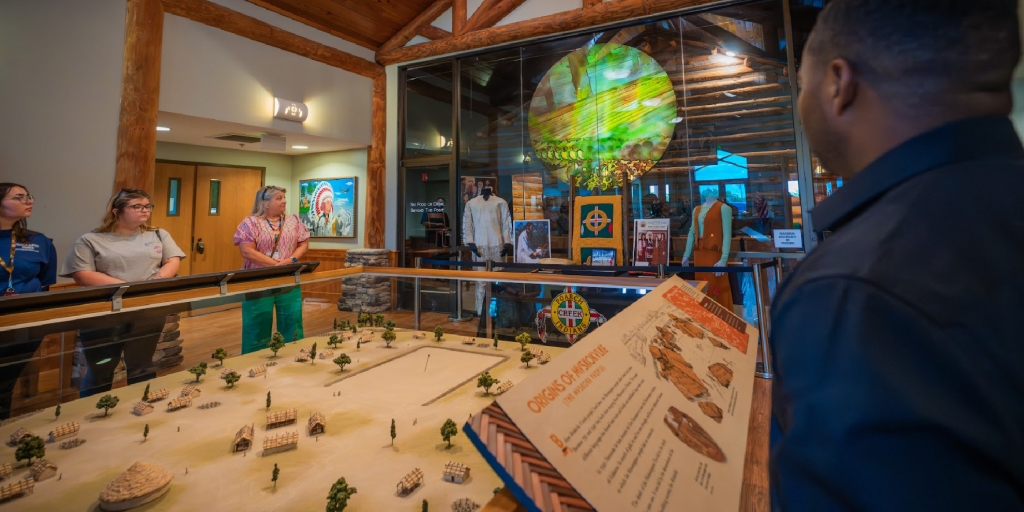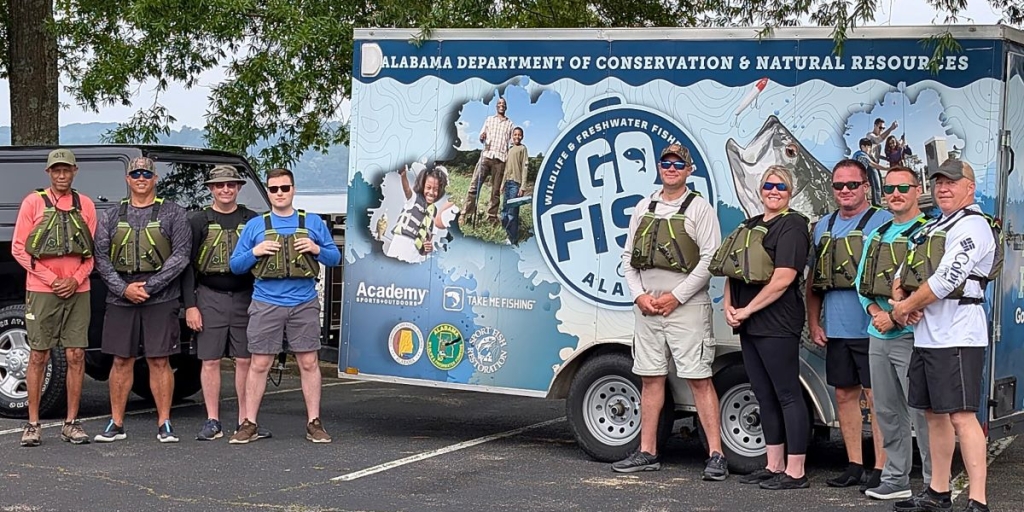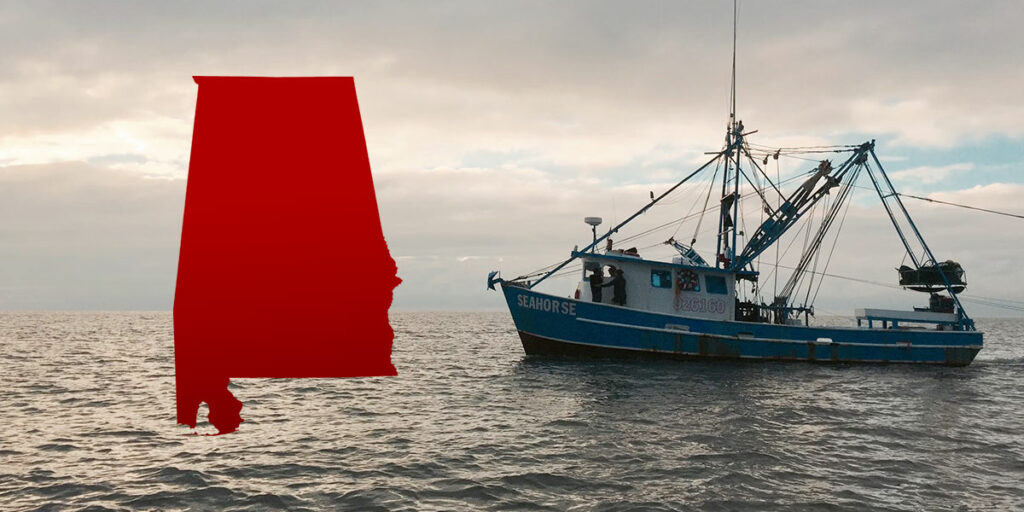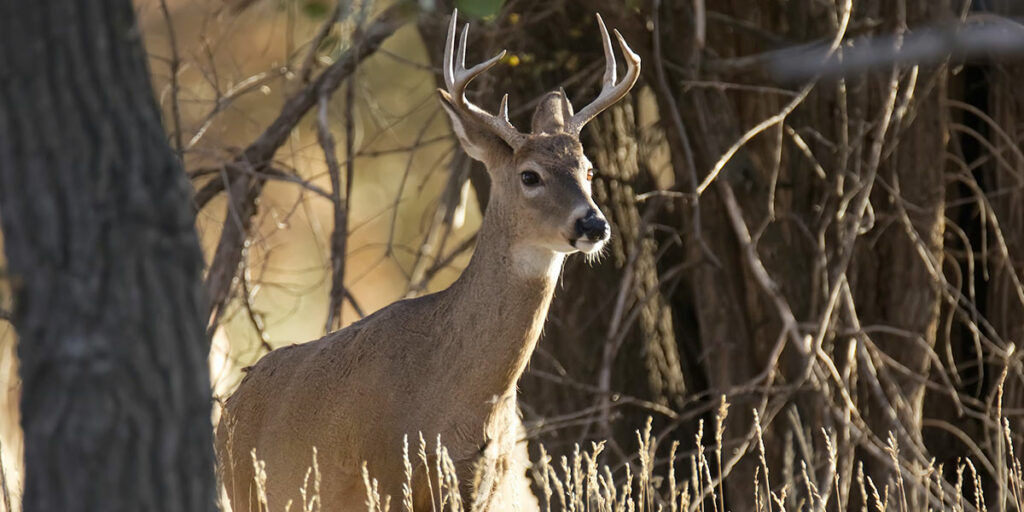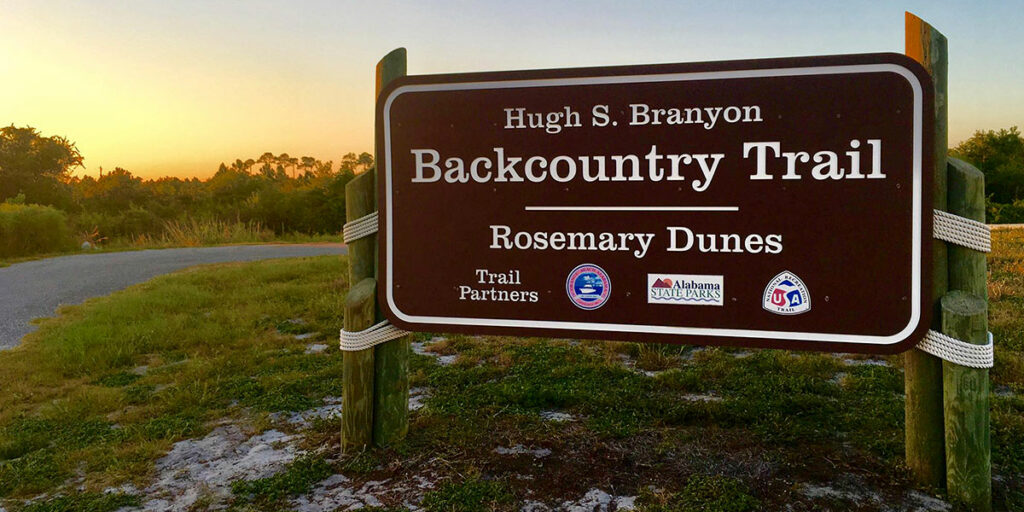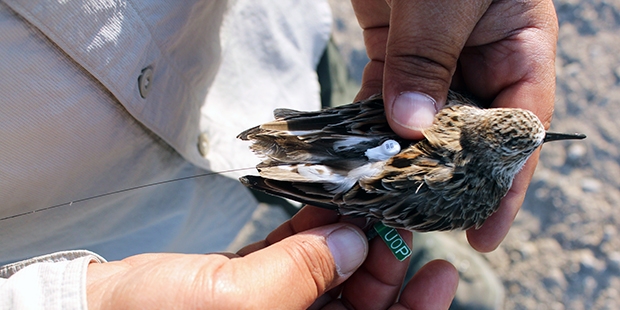On a steamy July morning, along a quiet stretch of the Tallapoosa River north of Wedowee, a small team of biologists from Alabama Power and the Alabama Department of Conservation and Natural Resources (ADCNR) eyed the fast-moving water. The prior day’s rain had turned the river murky – not the best circumstances to search for an elusive and threatened species of freshwater mussel.
Conditions were better the prior morning, when the team scoured a four-mile section of the Little Tallapoosa River, to the north. During that day’s survey, biologists found freshwater mussels – but not the one they were seeking: the finelined pocketbook.
Somewhat disappointed but undaunted, the team plans to return to the river in August, when drier conditions will hopefully aid the ongoing search.
Searching for finelined pocketbook mussels in Alabama from Alabama NewsCenter on Vimeo.
A year ago, federal wildlife officials worked with multiple partners, including Alabama Power, and a private landowner to remove an old mill dam on the Tallapoosa, just above the river section the team hoped to search last week. For nearly a century, the 100-foot-wide dam adversely affected the river habitat and impeded the finelined pocketbook and its preferred “host fish,” black bass, from moving up and down the waterway. The pocketbook can be found in the upper reaches of the Tallapoosa watershed and in other isolated locations in Alabama rivers that flow toward Mobile and the Gulf of Mexico, but it is not known to exist at this time in the sections of the Tallapoosa where the team is now searching.
Alabama is rich in aquatic life and ranks at the top of the list for mussel diversity, with 182 species reported over the course of state history. But over the past 150 years, habitat destruction, construction of river dams, polluted runoff and other factors have led to a serious decline in the population of finelined pocketbook and other mussels across the Southeast. Removal of the old Howle and Turner Dam was one reason to expand the search for the fine-lined pocketbook in the Tallapoosa. The survey is also part of the ongoing process of relicensing Alabama Power’s Harris Dam, located farther downriver.
In order to support restoration of mussels and other species, federal officials designated stretches of select waterways in the Mobile River Basin, including portions of the Tallapoosa, as “critical habitat” for the finelined pocketbook and other freshwater mollusks. The designation is helping drive a coordinated effort to manage and improve water quality in the river.
Mussels are considered a “keystone” or indicator species – essentially a gauge for the health of creeks and rivers. Mussels need good water quality to survive, and their absence can indicate water quality issues.
Jeff Baker, a biologist at Alabama Power, is among the team on the lookout for the finelined pocketbook along with state conservation experts, in coordination with federal Fish and Wildlife Service (FWS) and others. The ongoing survey on sections of the Tallapoosa and Little Tallapoosa, in addition to several smaller tributaries, will help inform efforts to protect the mussels and, hopefully, help expand their population.
“This continues the history of cooperation with the Alabama Department of Conservation and Natural Resources, and the U.S. Fish and Wildlife Service,” Baker said.
The finelined pocketbook gets its name from the delicate lines that ring its shell. But the name also harks to the remarkable way the pocketbook propagates.
As part of their reproductive process, pocketbooks release a glue-like mucous that stretches out in the river current, like fine fishing line. At the end of the gummy line, the pocketbook’s larvae are attached in a tiny clump. The larvae wiggles and shimmies in moving water, mimicking tiny bait fish, and are snapped up by larger fish, especially black bass. The bass serve as a host for the larvae, which grow and develop over a two-week period in the fish’s gills before eventually dropping off into the water. By hitchhiking on the fish, pocketbook mussels can also spread their offspring farther along the waterway.
Todd Fobian, a biologist with ADCNR’s Wildlife and Freshwater Fisheries Division, was among the team searching for the finelined pocketbook last week. “They kind of look like rocks on the bottom of the river, but they’re a lot more than that,” he said.
“They’re down there filtering and feeding on algae and bacteria. Mussels are nature’s little filter systems,” Fobian said.
He said the oval-shaped pocketbooks can grow as big as 4-inch saucers, with some freshwater mussel species known to live as long as 100 years. Mature freshwater mussels can take in and filter as much as eight gallons of water a day, helping protect and improve water quality, Fobian said.
Mussels also are “pretty big components of the ecosystem and the food chain,” Fobian added, providing a source of food for fish and reptiles, small mammals and birds.
Eric Spadgenske, state coordinator for the Partners for Fish and Wildlife Program at FWS, said there are relatively few mussel species thriving in the Tallapoosa, which makes efforts to find existing populations and improve their habitat especially important. The goal: to expand the population to the point that they can be removed from federal protection and to prevent other species from being added to the list.
Removing the Howle and Turner dam was a significant step toward improving water quality in the upper Tallapoosa, Spadgenske said. He said the survey by Alabama Power and partners, and other ongoing research, point to better days ahead for rare species in the Tallapoosa. “That’s certainly our expectation and hope over the next five to 10 years.”
Fobian noted that the finelined pocketbook is among the species ADCNR is breeding at the agency’s Aquatic Biodiversity Center in Marion. Depending on the outcome of the Tallapoosa survey, the agency could consider augmenting any pocketbook populations found in the survey with mussels raised at the center or re-introducing the mussel to some sections of the river – if none is found. Other elements of a management plan for the mussels could include streambank restoration to reduce sediment and working with private landowners along the river to improve water quality.
Spadgenske said there is a growing alliance of individuals and groups working together to protect and improve waterways and water quality in Alabama. The Alabama Rivers and Streams Network includes multiple federal, state and local agencies, researchers, private landowners, nonprofits and businesses, such as Alabama Power, who all agree that clean, abundant water is a benefit to everyone.
Baker said Alabama Power will continue to coordinate with others to support habitat and species protection on the Tallapoosa River and other parts of the state.
Spadgenske added, “Everyone has a role to play. Without the work and support of all these organizations and stakeholders, public and private, including Alabama Power, a lot of these projects wouldn’t get done. It has really become a fine, moving machine.”
To learn more about the extraordinary array of mussel species in Alabama, and those in greatest need for conservation, check out ADCNR’s interactive map.
(Courtesy of Alabama NewsCenter)




